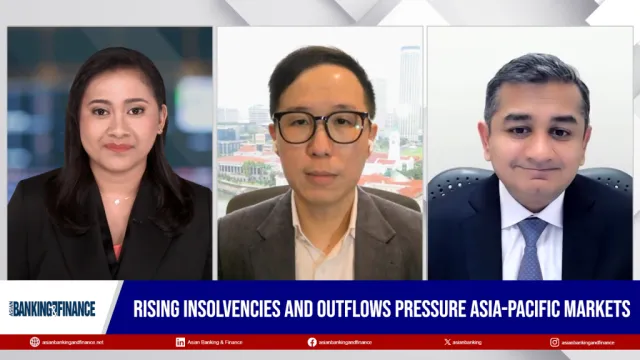Authorised payment scams rise as a major fraud trend
E-commerce, phishing, job scams dominate reported fraud cases.
Fraud in Singapore has significantly evolved with the adoption of digital payment methods and channels. Thanh Tai Vo, Director, Fraud & Identity for Asia Pacific at LexisNexis Risk Solutions, pointed out key trends shaping the landscape.
“From reported cases, e-commerce scams, phishing scams, and job scams dominate,” Vo said. “But when considering financial losses, investment scams, impersonation scams, and job scams top the list.”
A major emerging trend is authorised payment scams, where victims willingly transfer money to scammers. “In such cases, the victim is the one who actually sends money to the scammers,” Vo explained.
To combat this, the Monetary Authority of Singapore and the Infocomm Media Development Authority introduced a Shared Responsibility Framework. “The framework sets out responsibility for financial institutions, such as banks and payment service providers, as well as telecom providers, to share the loss based on certain criteria,” Vo said.
Digital intelligence and behaviour analysis are integral to these solutions. “Digital intelligence examines anomalies in devices, email addresses, phone numbers, locations, and historical user behaviour. A normal user behaves differently from a scammer or even a stressed user,” Vo said.
Additionally, beneficiary insights are crucial in understanding fraud risks. “It’s equally important to assess where the funds are going, including the recipient account’s risk profile,” Vo emphasised.

















 Advertise
Advertise







Commentary
Why APAC banks must rethink their approach to the cost reduction challenge
Thailand backs major conglomerates for digital banks but risks stifling innovation